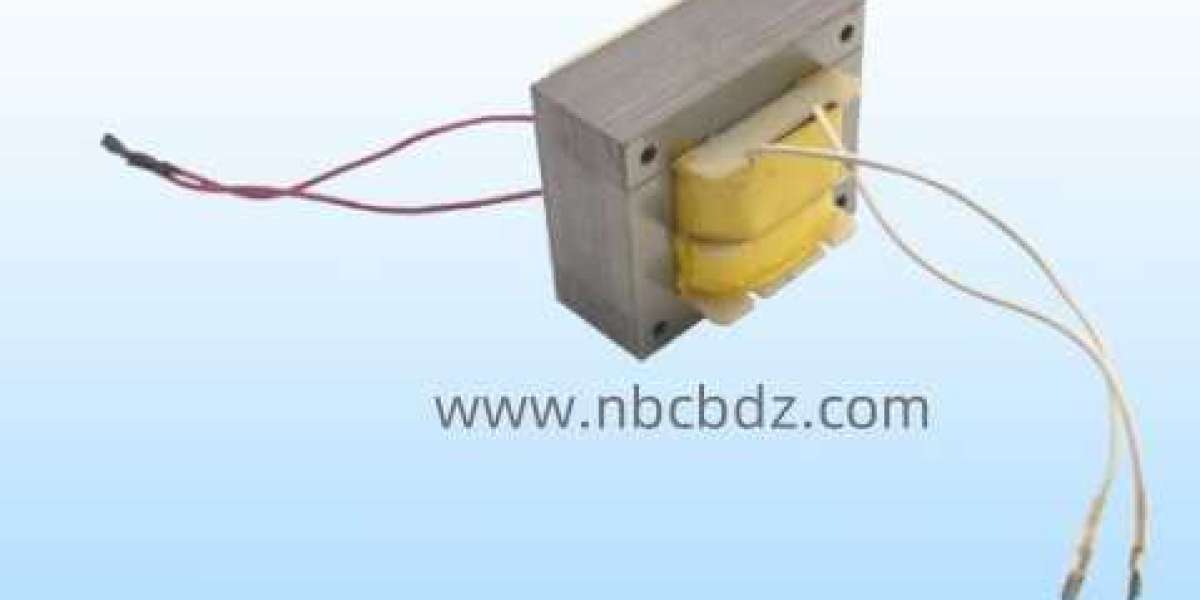Low-frequency Transformer Factory represents a critical component in producing transformers designed for applications where steady, low-frequency currents are required. Improving production efficiency in such a factory involves careful planning of workflow, materials, and operational processes. Every stage, from material handling to assembly and testing, impacts overall output and consistency.
One of the primary factors influencing efficiency is workflow organization. Structuring production lines to minimize unnecessary movement and delays allows employees and machines to operate smoothly. Segregating tasks such as coil winding, insulation, and assembly ensures that each stage receives focused attention, reducing errors and rework. Efficient workflows also make it easier to implement process monitoring and adjust production as needed.
Material management is equally important. Timely availability of cores, wire, insulation, and other components prevents interruptions. Establishing organized storage areas and a clear inventory tracking system helps staff quickly locate materials and reduces downtime. Proper handling and pre-inspection of components also improve assembly speed and reduce the likelihood of defects during production.
Equipment maintenance plays a critical role in sustaining efficiency. Regular checks of winding machines, cutting tools, and testing equipment ensure operations remain uninterrupted. Preventive maintenance schedules help avoid unexpected breakdowns, while calibration of measuring instruments maintains accurate assembly standards. Investing in well-maintained machinery directly impacts production consistency and output.
Employee coordination and skill development contribute to smoother operations. Training staff to follow standardized procedures ensures tasks are performed correctly and efficiently. Rotating responsibilities and balancing workloads prevent fatigue and maintain steady productivity throughout shifts. Clear communication among team members helps quickly resolve issues that may arise during production, avoiding unnecessary delays.
Finally, monitoring and quality control enhance both efficiency and reliability. Systematic inspections at multiple stages detect deviations early, allowing immediate corrections without halting the entire production line. Integrating feedback mechanisms helps refine processes over time, contributing to incremental improvements in speed and consistency.
By focusing on organized workflow, effective material management, equipment reliability, and continuous process monitoring, a Low-frequency Transformer Factory can achieve higher production efficiency while maintaining product quality. These practices enable consistent transformer performance, meeting technical requirements and customer expectations effectively. The combination of process optimization, employee coordination, and preventive strategies makes efficient production achievable.
For detailed information about our transformer solutions and capabilities, visit https://www.nbcbdz.com/product/.








